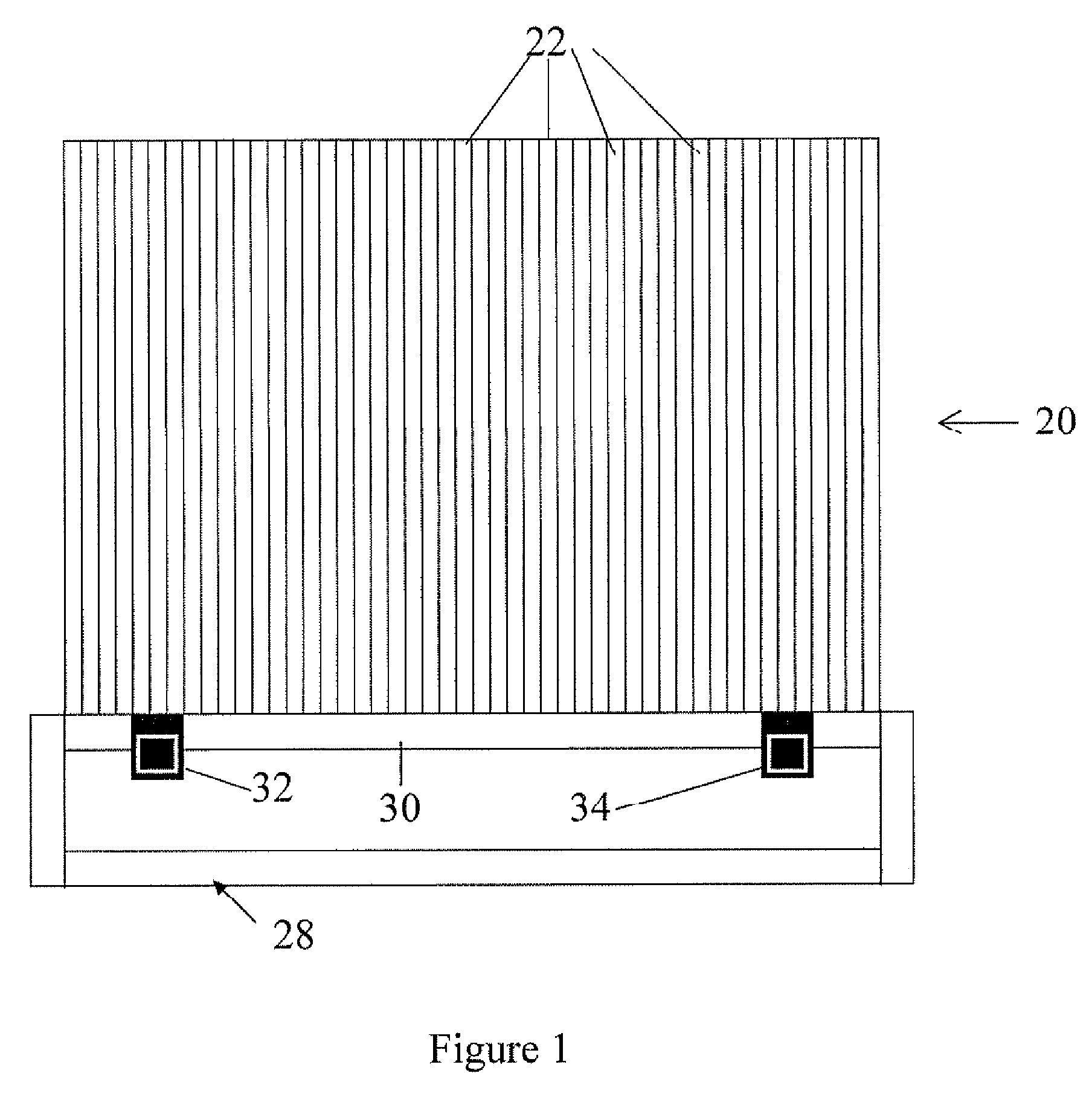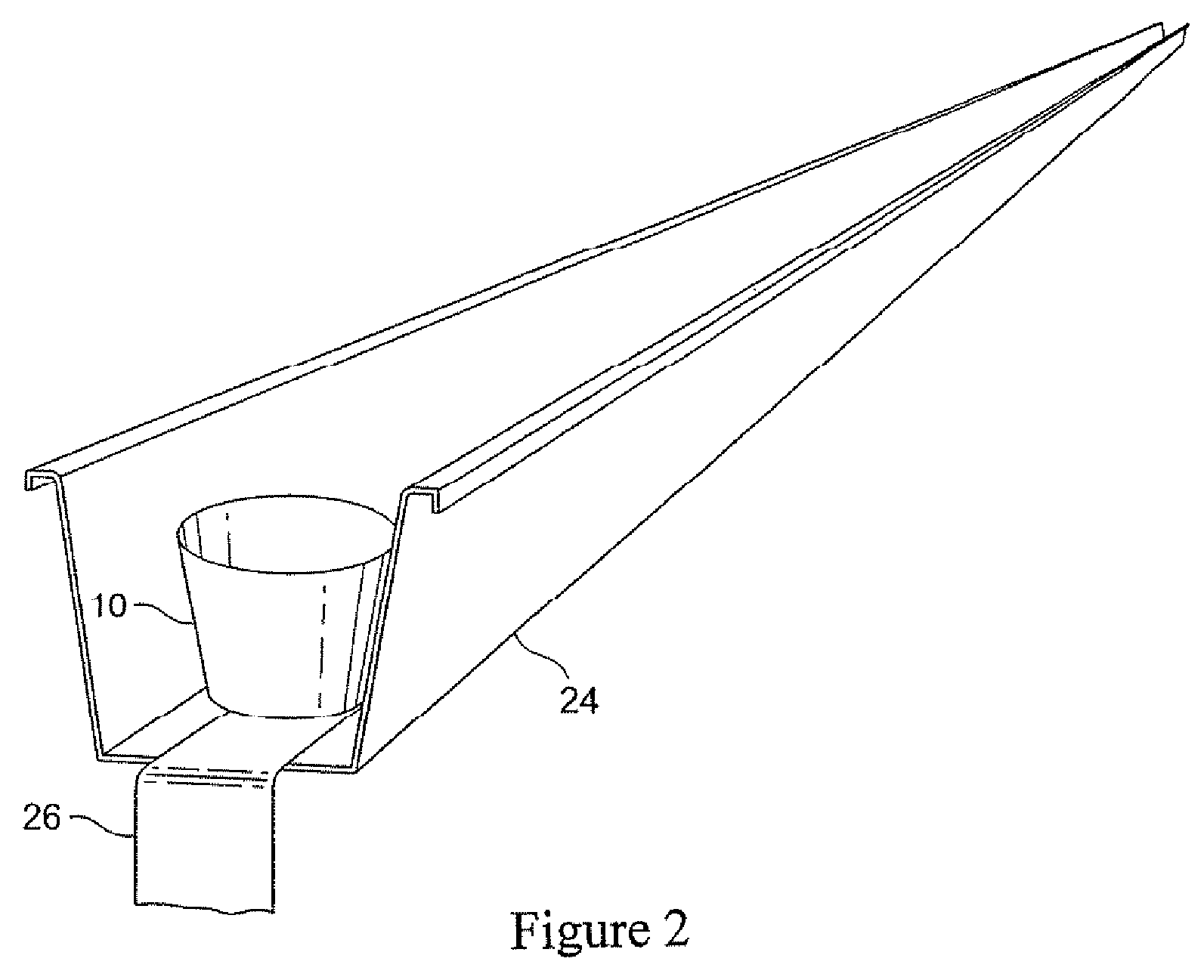Breeding plants
a technology for breeding plants and plants, applied in the field of breeding plants, can solve the problems of mixing of various genetic characteristics, non-uniform soil, and most of the environmental variation, and achieve the effect of improving the process of breeding plants
- Summary
- Abstract
- Description
- Claims
- Application Information
AI Technical Summary
Benefits of technology
Problems solved by technology
Method used
Image
Examples
Embodiment Construction
[0014]We have now found that one may reduce significantly the influence of environment-associated phenotype on phenotyping results by changing the location of growing plants in a greenhouse. The influence of environment-associated phenotype on phenotyping results may be further reduced by growing the plants on a growth medium of uniform characteristics in an environment of controlled climatic conditions with a controlled supply of nutrients and feed water.
[0015]The invention therefore provides in one of its aspects a process for breeding plants which comprises growing plants of a species in an array of containers charged with growing medium of uniform characteristics in an environment of controlled climatic conditions with controlled supply of nutrients and feed water and changing the positions of the containers within the environment as required to ensure at least substantially uniform exposure of all plants in the containers to conditions in the environment. A process according to...
PUM
| Property | Measurement | Unit |
|---|---|---|
| time | aaaaa | aaaaa |
| time | aaaaa | aaaaa |
| time | aaaaa | aaaaa |
Abstract
Description
Claims
Application Information
 Login to View More
Login to View More - R&D
- Intellectual Property
- Life Sciences
- Materials
- Tech Scout
- Unparalleled Data Quality
- Higher Quality Content
- 60% Fewer Hallucinations
Browse by: Latest US Patents, China's latest patents, Technical Efficacy Thesaurus, Application Domain, Technology Topic, Popular Technical Reports.
© 2025 PatSnap. All rights reserved.Legal|Privacy policy|Modern Slavery Act Transparency Statement|Sitemap|About US| Contact US: help@patsnap.com



